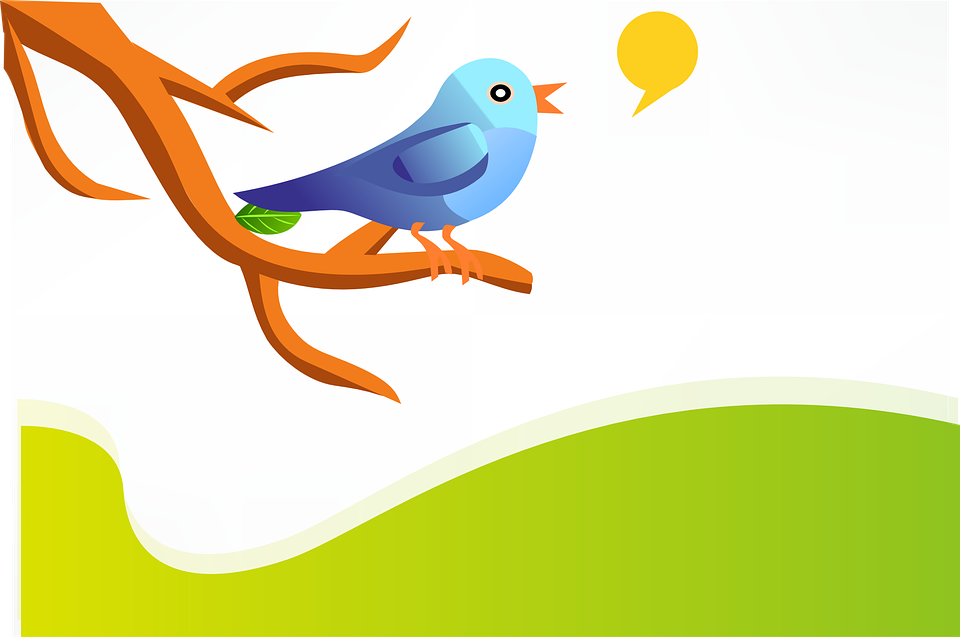
It may not receive the same level of visibility or traffic as Facebook, but Twitter is still one of the world's most popular social media networks. The Big Blue Bird focuses specifically on short messages known as "tweets." Business-to-business (B2B) marketers can promote their products and services by tweeting content. But if you're a B2B marketer, you should take note of a recent change to Twitter's character limit.
The Old Character Limit
In the past, Twitter has limited tweets to 140 characters (including spaces). Assuming you are just tweeting a short message, you can probably get by with 140 characters. The problem, however, is that many business owners and marketers use Twitter to promote links. If you want to advertise a product or service offered by your company, for instance, you might tweet a link to that product or service. Depending on the specific URL, it may consume 100 or more characters; thus, giving you little-to-no room for any additional words. Twitter is about to fix this issue, however, as it recently announced a new, larger character limit for tweets.
The New Character Limit
Twitter users can now include twice as many characters in their tweets. Instead of limiting tweets to 140 characters, Twitter will limit them to 280.
So, what does this change mean for B2B marketers? Statistics show that roughly half of B2B marketers view Twitter as being an effective marketing platform. This new change will likely increase its effectiveness as a B2B marketing tool. With a higher character limit, users can squeeze more content into their tweets, allowing for improves delivery of marketing messages.
Twitter Tips for B2B Marketers
If you want to use Twitter to promote your B2B products or services, try to get into the habit of including #hashtags in your tweets. #Hashtags help users find tweets more easily. When a user searches for a keyword on Twitter, he or she will see a list of all tweets containing that keyword as a #hashtag. Therefore, this tactic can attract new followers to your Twitter account, which can subsequently drive more sales and conversions.
Also, don't be afraid to retweet other users' content. If you believe a particular tweet is beneficial or otherwise useful to your followers, retweet it. This way, you aren't forced to create 100% unique content for your Twitter content. You can combine unique content with "shared" content from other users.
What to learn more? Get in Touch
Latest Posts
-
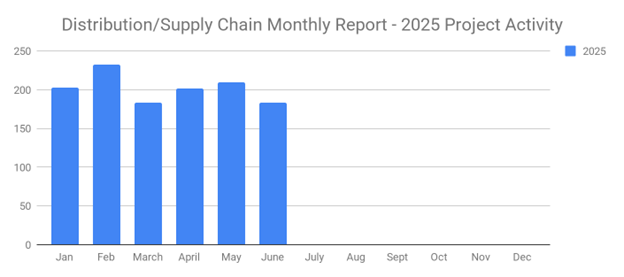
June's New Distribution and Supply Chain Planned Projects Return to March’s 183 Confirmed Figure
-
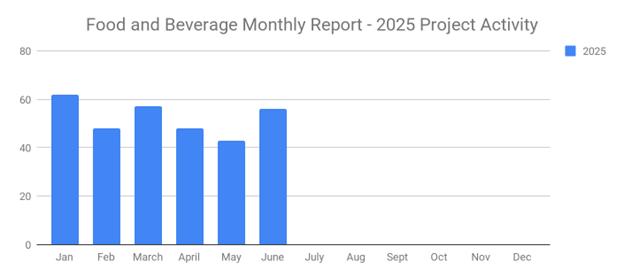
Food and Beverage Rebounds with 56 New Planned Projects Igniting Growth After Decline
-
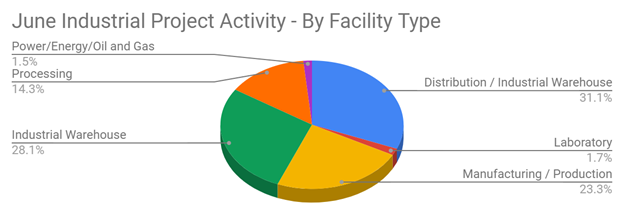
June 2025’s New Industrial Construction Projects Grew 7% Month-Over-Month
-
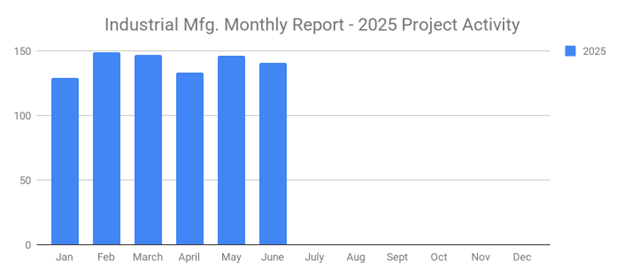
Q2 Industrial Manufacturing Soars 31% for Planned Projects Over $100M; June Planned Industrial Projects Hit 141

